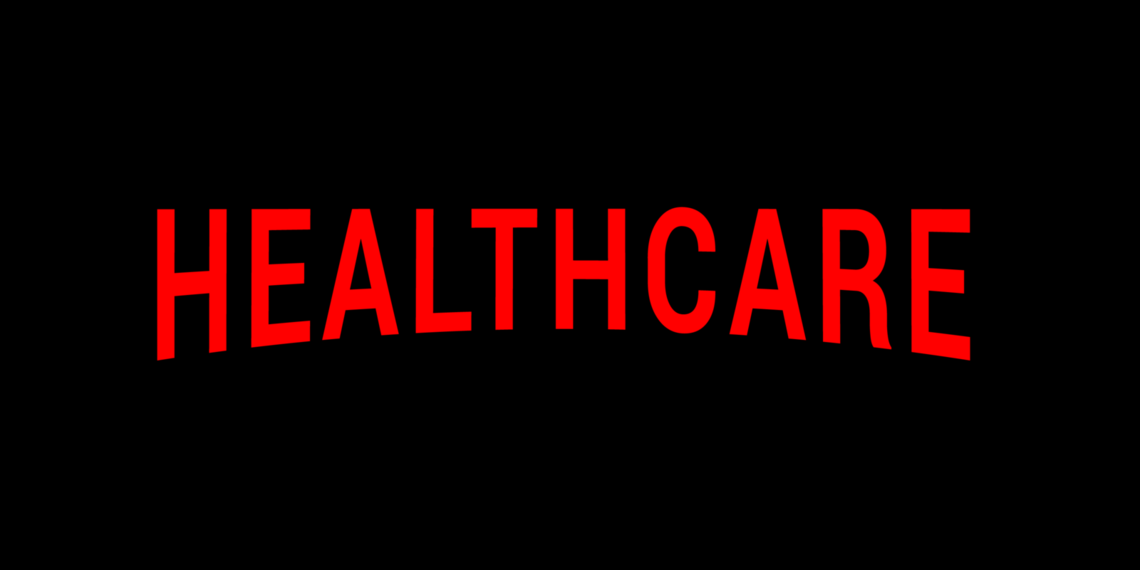etflix sold and rented mailed DVDs for ten years when it began its streaming service in 2007. Other companies offered streaming video content, so why did Netflix succeed when others didn’t? They had a secret weapon: an algorithm to make personalized recommendations to viewers.
Netflix’s algorithm is based on actual behavior instead of stated preferences. Netflix follows what you watch, when you watch it (day of the week, time of day), and what you search for but don’t watch, and then predicts what else you may like. Their predictive model is based on the habits of people similar to you.
And it works—approximately 75% of current viewing selections on Netflix are driven by the algorithm’s personalized recommendations for you. The longer you use Netflix, the better the predictions will be. Making better predictions drives Netflix’s engineers to continually improve the algorithm.
What can health care learn from Netflix?
Patients have a lot of choices—insurance plans, physicians, treatment plans for various circumstances, etc. The impact of these choices are significant, there are a lot of options, and often we don’t even know who to ask (or what to google) for information. What if I just moved into the area and I don’t know anyone who can recommendation a good primary care physician? I could easily become overwhelmed and eventually just randomly choose one that my insurance covers and hope for the best. It might be great, or the experience might lead me to switch physicians. If I have a chronic condition, it might be really challenging to find a different option. Patients are often forced to make decisions without accessible, easy-to-understand information.
Netflix uses a behavioral economics concept called collaborative filtering. In their book Nudge: Improving Decisions about Health, Wealth, and Happiness, economists Richard Thaler and Cass Sunstein describe how others’ recommendations help us make decisions in situations where we don’t know much about the outcome. “You use the judgements of other people who share your tastes to filter through the vast number of books or movies available in order to increase the likelihood of picking one you like… If you know what people like you tend to like you might well be comfortable in selecting products you don’t know, because people like you tend to like them. For many of us, collaborative filtering is making difficult choices easier.” What if we could make better recommendations to patients?
Health care is already doing this, both in low-tech and high-tech ways.
High-tech ways health care is already doing this
Health recommender systems (HRS)
Electronic medical record plug-ins called health recommender systems (HRS) have been proposed but not widely adopted. This model sets up the patient for success through tailored information specific to them. These systems could also be used to track practice patterns among individual clinicians, third-party payers, hospital systems, etc. to feed into the filtering algorithm. Such a model has also been proposed to assist in improving personalized medicine diagnostics and treatments.
Patient-Reported Outcomes (PROs)
Otherwise known as mEVAL at U of U Health, patient-reported outcomes allow patients with similar diagnoses who have undergone similar treatment plans to self-report how their lives are—their function, happiness, and ability to participate in things that are important to them. Physicians can use these patient-reported outcomes to predict for patients how they might recover, based on patients who are similar to them.
Low-tech ways health care is already doing this
Online Provider Reviews
University of Utah Health was the first health care system in the country to post patient comments about their experience on our physicians’ webpages. Patients seeking similar care can hear from other patients—whether they would recommend the provider and what to expect during a visit. Patients tell us that more information helps them make better decisions about who to see.
As with most innovative ideas in health care, the actual execution of the concept takes a while. But building a system that actually meets patients where their values are improves care and satisfaction.
Kyle Bradford Jones
Value engineer Cindy Spangler has shared her camping and canyoneering expertise with Accelerate in the past. But this winter, her preparation may have done us in: a big purchase of new ski equipment has led to a lackluster snow season. Or has it? Cindy reviews why correlation does not imply causation.
Delivering a great health care experience is only possible with one crucial component: reliable scheduling. It’s such an essential part of efficient operations, in fact, that the University of Utah Health created an access optimization team to help providers across the system.
Using improvement methodology to solve one piece of America’s opioid epidemic. Dr. Sean Stokes and team used the practice of scoping to focus on one population and one procedure to achieve manageable, measurable improvement.
